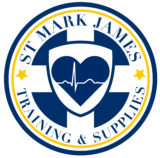Bruised liver
A bruised liver or contusion develops after sustaining direct impact to the torso which results to bleeding inside the organ. Vehicular accidents are the usual cause of this injury. The liver is a bulky, meaty organ that is positioned on the right abdomen. Generally, the liver could not be felt since it is shielded by […]
